A heavy downpour hits your home, and you’re confident that your roof drainage system is up to the task. But is it? Roof drainage systems are the silent protectors of our homes and commercial buildings, and understanding their key components is crucial for effective water management. Read on to discover the importance of roof drainage systems, the types available, and how to maintain them for optimal performance.
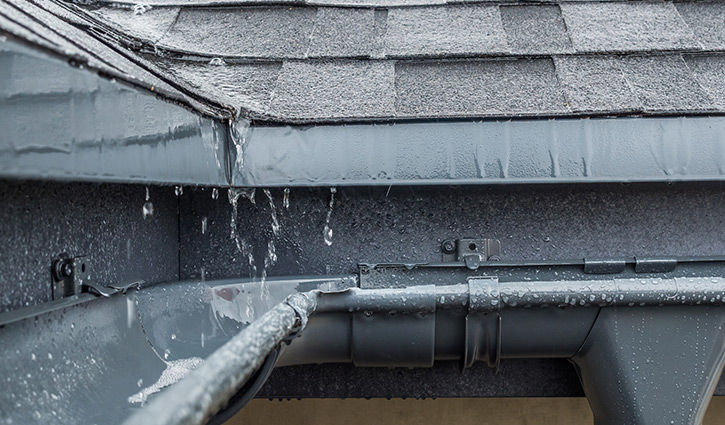
Key Roof Drainage Takeaways
- Roof drainage systems are essential for protecting buildings from water damage and costly repairs.
- Different types of roof drainage systems offer various advantages, with regular maintenance necessary to ensure their effectiveness.
- Professional installation and repair are key for the optimal performance of a roof drainage system.
Importance of Roof Drainage Systems
Roof drainage systems serve as a crucial shield for our buildings, safeguarding against water damage, roof leaks, mold growth, and foundation issues. But what exactly makes up a roof drainage system? A flat roof drainage system consists of a gutter system and downspout. Secondary drainage options like sidewall scuppers and internal roof drains are also available, providing additional protection against water accumulation on the roof surface, which can damage the roofing system structure.
In addition to preserving the structural integrity of the building, roof drainage systems also avert expensive repairs down the line. They divert water and debris from the roof and your home’s foundation, reducing the risk of leaks and water damage. With proper maintenance, these systems can save you significant money on repairs and replacements.
However, not all drainage systems are created equal. Understanding the different types of roof drainage systems and their unique benefits will help you determine the best solution for your building. Shall we explore the assortment of roof drainage systems on offer?
Types of Roof Drainage Systems
A range of roof drainage systems are available for selection, including:
- Gutter systems
- Interior drains
- Peripheral drainage systems
- Siphonic drainage systems
Each type has advantages and applications, and understanding the differences can help you make an informed decision for your building.
It’s time to delve into the specifics of each type.
Gutter Systems
Gutter systems are the most common type of roof drainage, designed to collect water, twigs, leaves, and other debris from the roof and divert it away using the following components:
- Gutters: channels that collect water and debris, directing it to the downspouts
- Downspouts: direct water from the gutters to the ground
- Scuppers: openings in the outer walls or curbs along the roof line, allowing water to flow through the wall, protected by a metal box.
Gutter systems offer numerous benefits, such as protecting the roof from water damage, preventing flooding, and keeping the house’s foundation dry. However, they can also be prone to clogging and challenging to maintain. While not necessarily a requirement for all homes, gutter systems are beneficial in areas with heavy rainfall or those without a downhill slope.
Regular upkeep and cleaning of gutters and downspouts are pivotal in warding off clogs and enhancing the efficiency of the gutter system. Regular checks, especially during heavy rain, can help identify and address any issues early on, prolonging the life of your gutter system.
Interior Drains
Interior drainage systems, also known as interior drains or internal roof drains, have the following characteristics:
- They are situated near the center of the roof
- They are connected to underground storm mains or a detention pond
- They provide an aesthetically pleasing exterior appearance, as they’re not visible from the ground
- To achieve the required slope of the roof towards the drain, tapered insulation or modifications to the joists beneath the roofline can be used.
While interior drains offer a visually appealing solution, they have some drawbacks. The primary downside is their susceptibility to leaks because the pipes are located within the building, increasing the probability of freezing. It, therefore, becomes imperative to establish an adequate insulation and heating system to alleviate the risk of freezing and leaks.
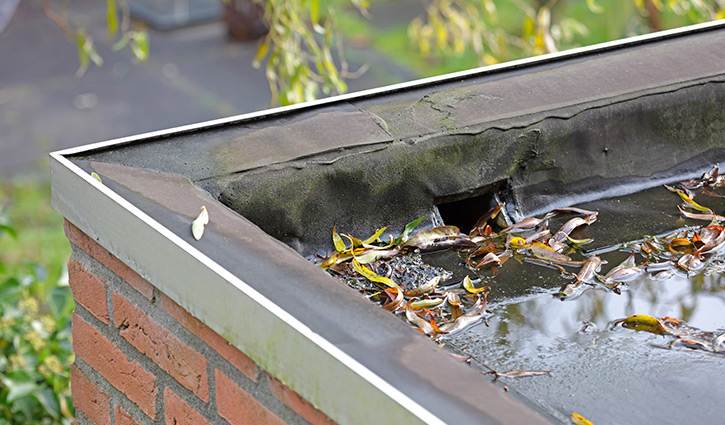
Despite the potential drawbacks, interior drains can be a reliable option for commercial and multifamily residential buildings. Proper installation, insulation, and maintenance can help prevent leaks and ensure efficient drainage, protecting your building from water damage.
Peripheral Drainage Systems
Peripheral drainage systems facilitate the drainage of water from elevated interior roof areas to peripheral low points, using scuppers and rainwater leaders located on parapet walls exterior to the building. A peripheral drainage system typically comprises:
- Sump pumps
- Perimeter drains
- Gutter systems
- French drains
These systems work by efficiently removing any excess liquid or water from the exterior of a structure, preventing water accumulation that could potentially damage the foundation or interior of the building.
Routine upkeep is vital for peripheral drainage systems to function properly and tackle potential issues immediately. This includes:
- Checking for clogs
- Checking for leaks
- Checking for corrosion
- Ensuring that the system is in good condition and functioning optimally.
A peripheral drainage system’s performance depends on factors such as the roof construction, weather conditions, and building layout. Proper drainage installation and regular maintenance can help prevent problems, ensuring your building remains protected from potential water damage.
Siphonic Drainage Systems
Siphonic drainage systems are designed to function efficiently with the piping completely filled with water during a rainstorm, enabling larger volumes of water to be drained rapidly from flat roofs. A siphonic drainage system uses a vacuum to efficiently remove water from the roof, creating a siphon effect that draws water into the pipes and then rapidly expels it.
The primary benefit of a siphonic drainage system is its efficiency, making it ideal for large commercial buildings. Additionally, they require less maintenance than other types of roof drainage systems due to their design and operation. The installation process involves connecting the pipes to the roof, creating a vacuum, and connecting the pipes to the drainage system, ensuring that the pipes are properly sealed and the vacuum is maintained.
Siphonic drainage systems offer a fast and effective solution for large commercial buildings, providing efficient drainage and reducing the risk of water damage. Their innovative design and reduced maintenance requirements make them attractive for building owners seeking a reliable drainage solution.
Selecting Roof Drain Materials
When choosing the right roof drain material, factors such as size, shape, material, designation, and compatibility with the positive drainage system must be considered. Roof drains are typically constructed from copper, aluminum, or cast iron, each offering unique benefits and potential drawbacks. Strainers in drains, for example, can be made from cast aluminum or plastic.
Cast iron drains are often utilized in new construction projects, where the plumbing subcontractor provides the drains. Understanding the specific needs of your building and the advantages of each material will help you make an informed decision when selecting the right roof drain material for your project.
Correct installation and compatibility with your existing drainage system will guarantee the efficacy and longevity of your roof drains. It is essential to consult with professionals and carefully consider the specific requirements of your building when selecting the right materials for your roof drainage system.
Opting for the right material for your roof drains will enhance the performance of your drainage system, shield your building from water damage, and prevent possible issues down the line.
Drain Connections and Outlet Sizes
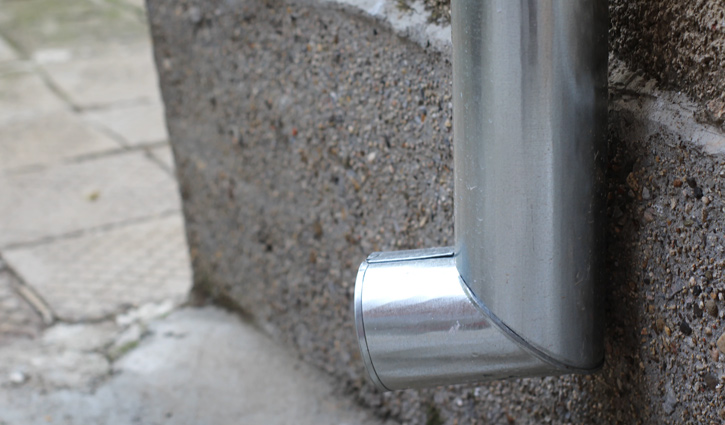
The selection of fitting drain connections and outlet sizes is central to guaranteeing the efficiency and productivity of your roof drainage system. Outlet diameters for roof drains typically range from 2 to 10 inches. Factors such as rainfall, roof slope, and existing drain systems can help determine the appropriate drain connections and outlet sizes for your building.
Retrofit drains, for example, are installed inside the existing drain and include a backflow seal for situations where there is no access to the underside of the roof drains or when the roof is being recovered. Retrofit drains, however, can decrease water flow. A 4-inch drain, for instance, is reduced to 3.25 inches in diameter, while a 3-inch drain is reduced to 2.25 inches in diameter.
Clamp connections can be a great option for roof repair or replacement. They replace existing drains with the same size outlet for connection to existing rainwater leaders. Properly sized drain connections and outlets will ensure optimal water flow and prevent water overflow, protecting your building from potential damage.
Regular Maintenance for Optimal Performance
Routine maintenance is critical to the optimal functioning of roof drainage systems, warding off clogs, water overflow, and damage to the roof and foundation. Cleaning gutters and downspouts involves removing debris with a trash bag, gloves, goggles, a ladder, and a plastic scoop, then rinsing the system with a water hose to clear any clogs in the downspout.
Neglecting maintenance can lead to clogs, causing water to overflow onto the roof and the gutter’s sides, potentially resulting in roof leaks and water damage to the lawn and foundation. The primary maintenance concern associated with all types of roof drains is the removal of debris, ensuring that the system functions effectively and prevents damage.
Investing time and effort in regular maintenance can save you money on repairs and replacements in the long run. By keeping your roof drainage system clean and in good working order, you’ll ensure the longevity and effectiveness of your drainage system, protecting your building from potential water damage.
Roof Drainage System Installation and Repair
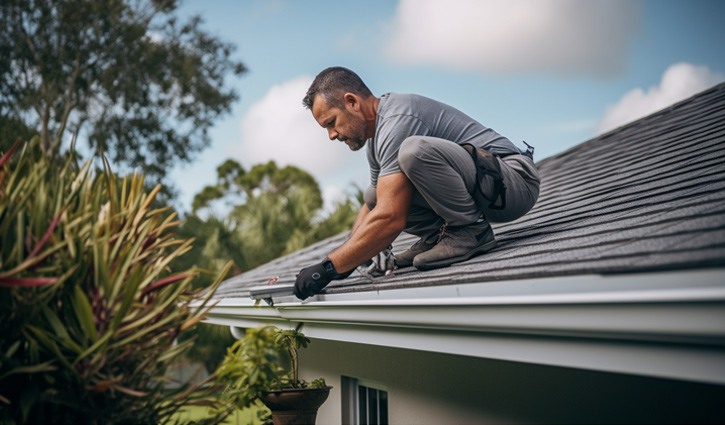
Correct installation and repair of roof drainage systems are indispensable for preserving their effectiveness and averting potential issues. Evaluating the requirements for a roof drainage system installation includes determining the size and type of roof drainage system needed, as well as the location of the drains. The process of removing the old drain involves disconnecting the drain pipes, extracting the old drain, and sanitizing the area.
Creating an opening in the roof for the new drain requires using a saw or other cutting tool. Installing the new drain involves positioning it in the opening, fastening it with nails or screws, and sealing the area around the drain. Connecting the drain pipes requires joining them to the new drain and confirming the connections are secure. Testing the system involves running water through it to verify that it is operating correctly.
While it’s possible to tackle some installation and repair tasks on your own, professional assistance is recommended for the best results, especially for a commercial roof. Ensuring your roof drainage system is properly installed and maintained, you’ll protect your building from potential water damage and enjoy peace of mind during heavy rainstorms.
Roof Drainage Summary
In conclusion, understanding the key components of a roof drainage system is crucial for protecting your building from water damage and potential issues. From gutter systems and interior drains to peripheral and siphonic drainage systems, selecting the right type, materials, and connections can make all the difference in the performance and durability of your drainage system.
Remember, regular maintenance is essential for optimal performance and preventing costly repairs down the line. By investing time in understanding and caring for your roof drainage system, you’ll safeguard your building and ensure its longevity.
Frequently Asked Questions
What is the drainage system from the roof called?
The roof drainage system, consisting of a gutter-like downspout and a pipe attached to the side of the building, is commonly referred to as a roof drain leader.
What is the best drainage system for a roof?
For a roof, the best drainage system is one that takes advantage of hydroponic pressure to draw away water at high speed without the need for pumps, making them ideal for large roofs with frequent heavy rain.
How important it is to install a roof drain system in a house?
Installing a roof drain system is essential to prevent water from pooling on the roof, reduce debris buildup, and protect the caulking and tar from damage. It also helps divert water away from your home, minimizing the risk of interior water damage, mold, and mildew growth.
How to slope a flat roof for drainage?
When designing a flat roof for drainage, current building codes require a minimum slope of two percent or one-fourth unit vertical per 12 units horizontal; this is equivalent to one-fourth inch of slope per every 12 inches.
How do interior drains differ from gutter systems?
Interior drains are located near the center of the roof and connected to underground systems, while gutter systems are installed along the roof’s edges, allowing water and debris to be collected in gutters and downspouts.
Therefore, interior drains differ from gutter systems in both location and purpose.
(404) 220-9288
For the original version of this article visit: roofersthevillagesfl.com/understanding-your-roof-drainage-system/
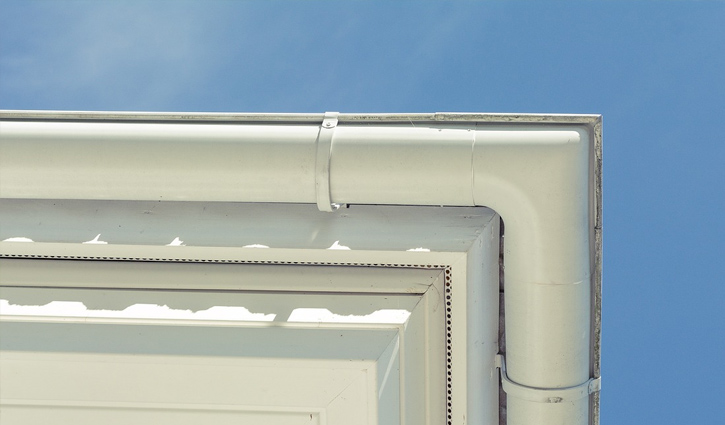
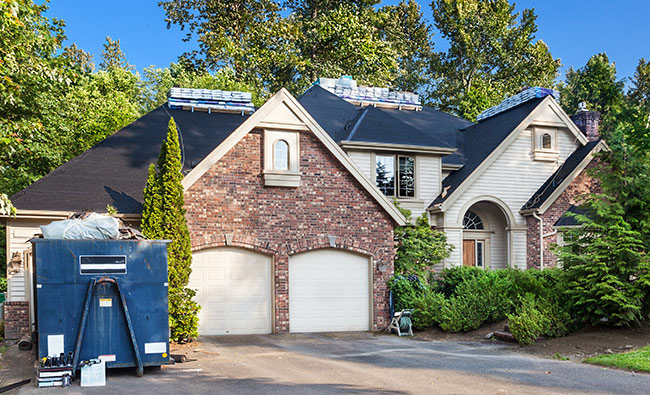
No comments:
Post a Comment
Note: Only a member of this blog may post a comment.